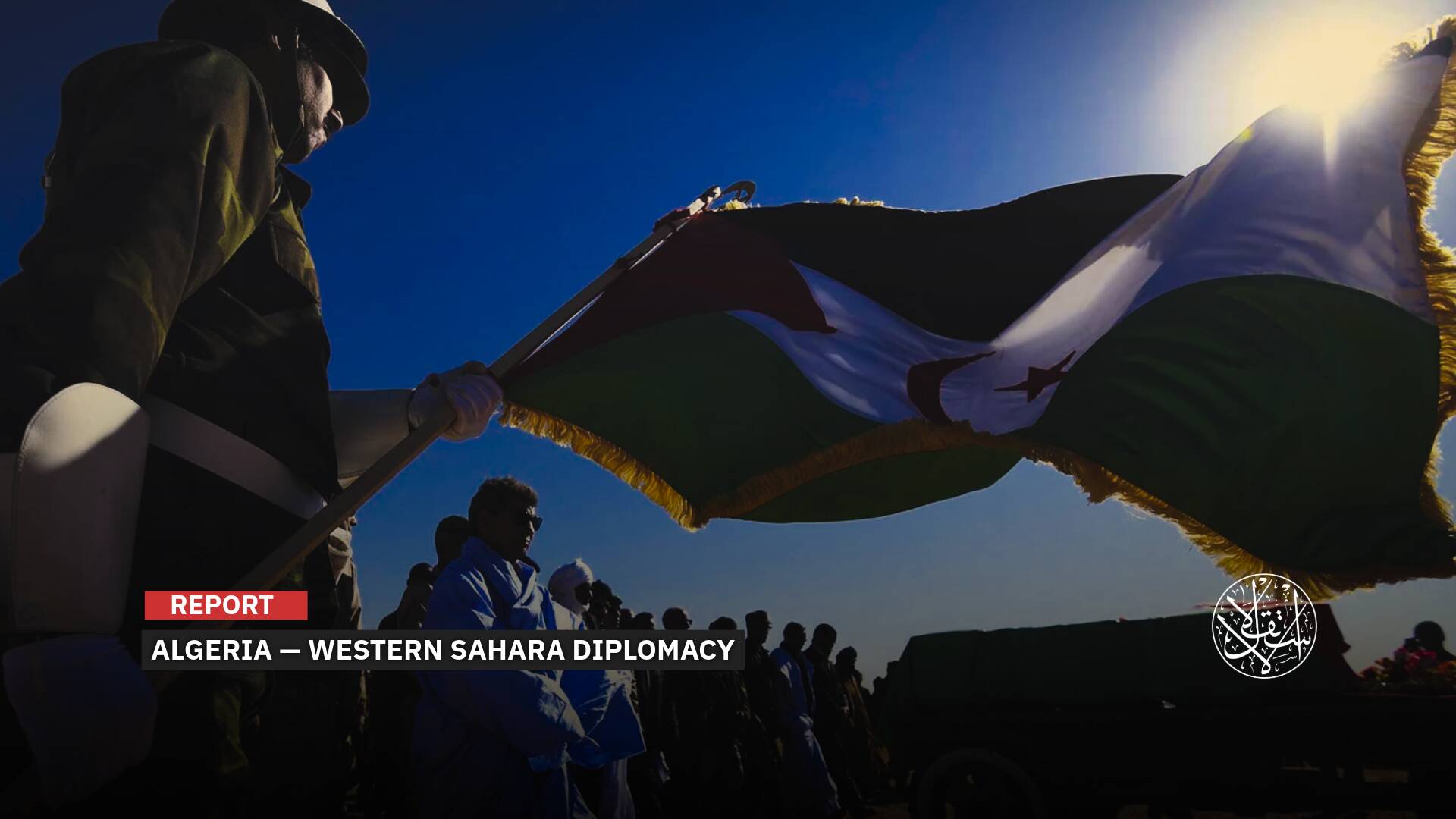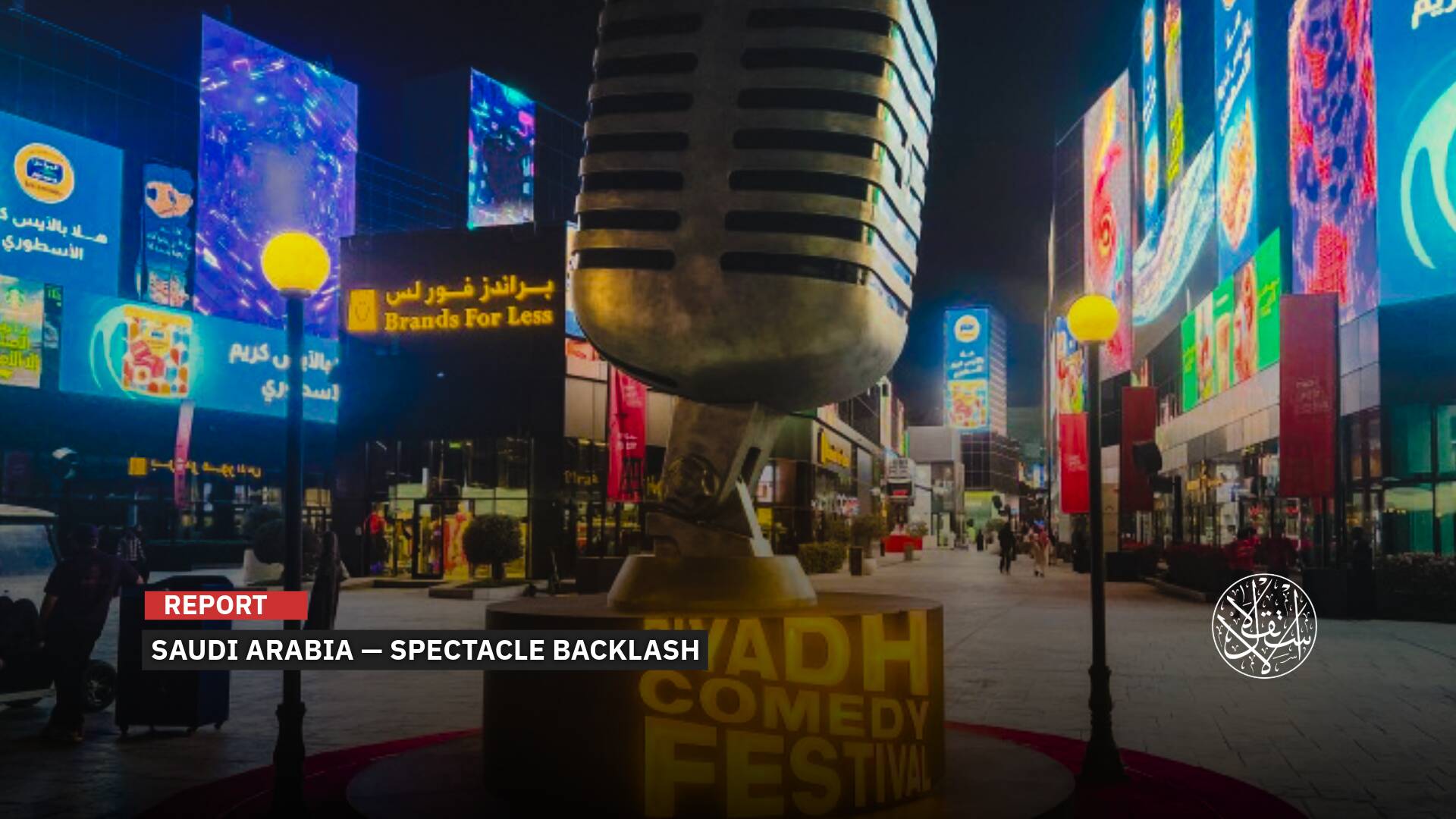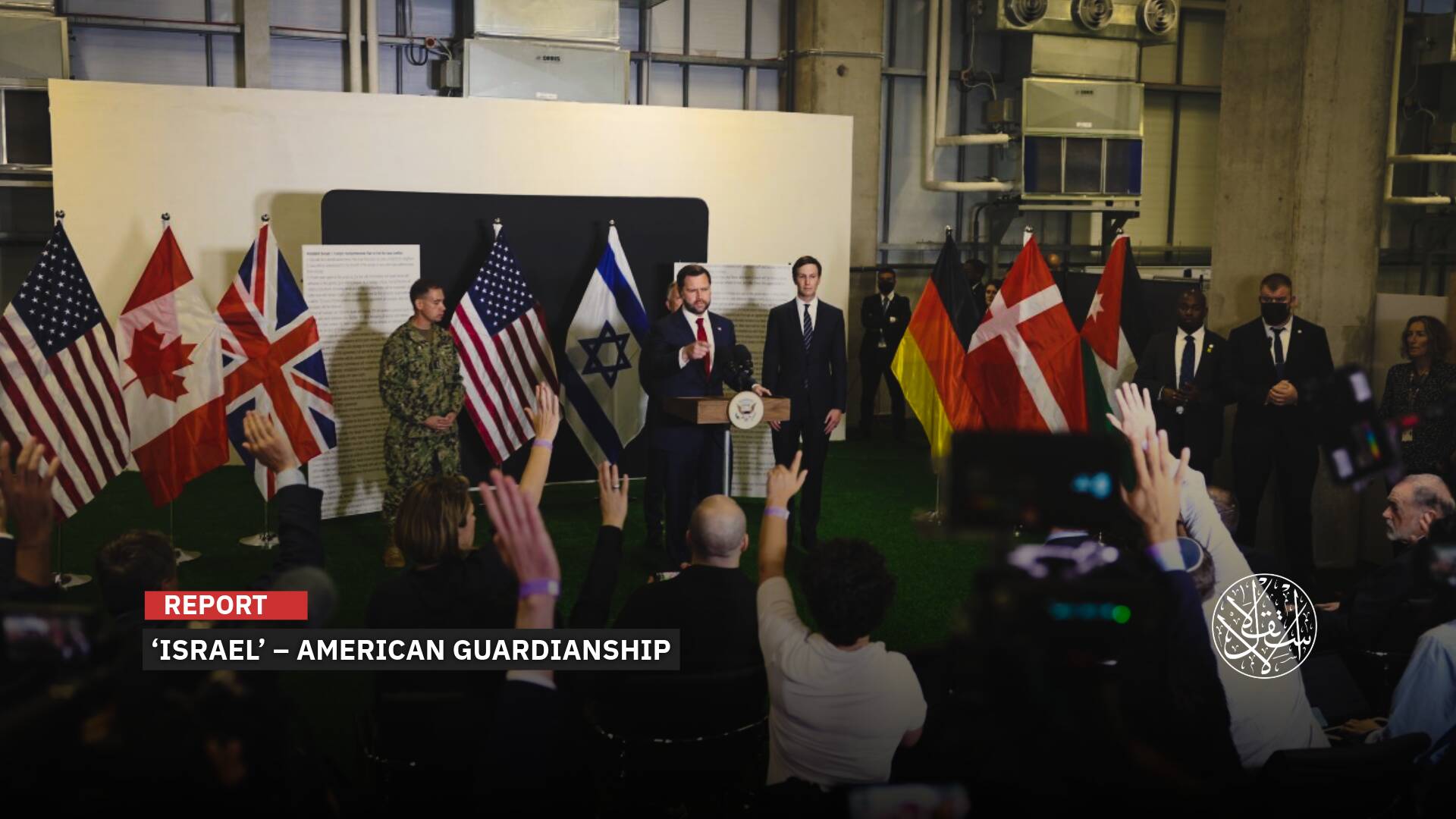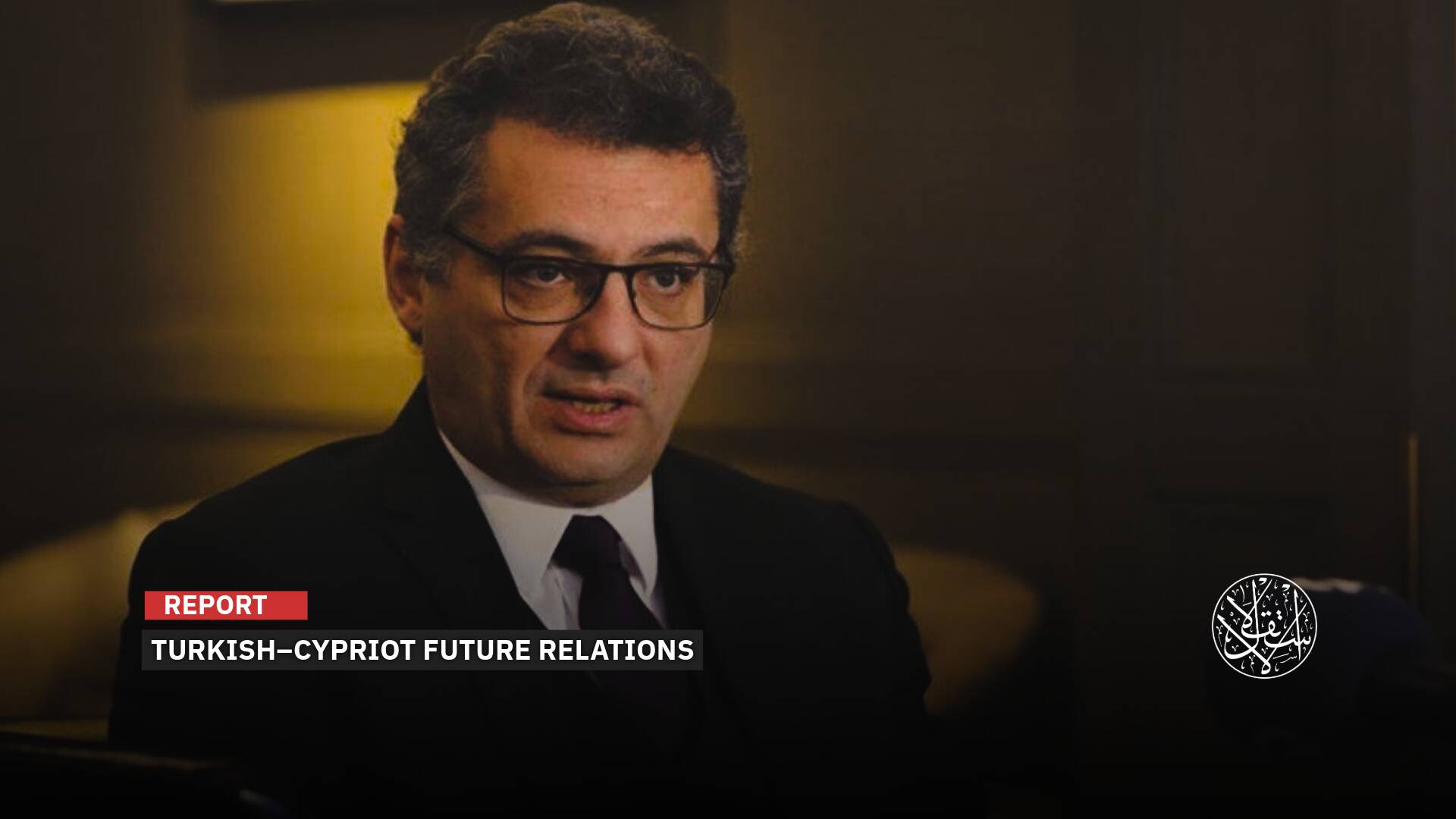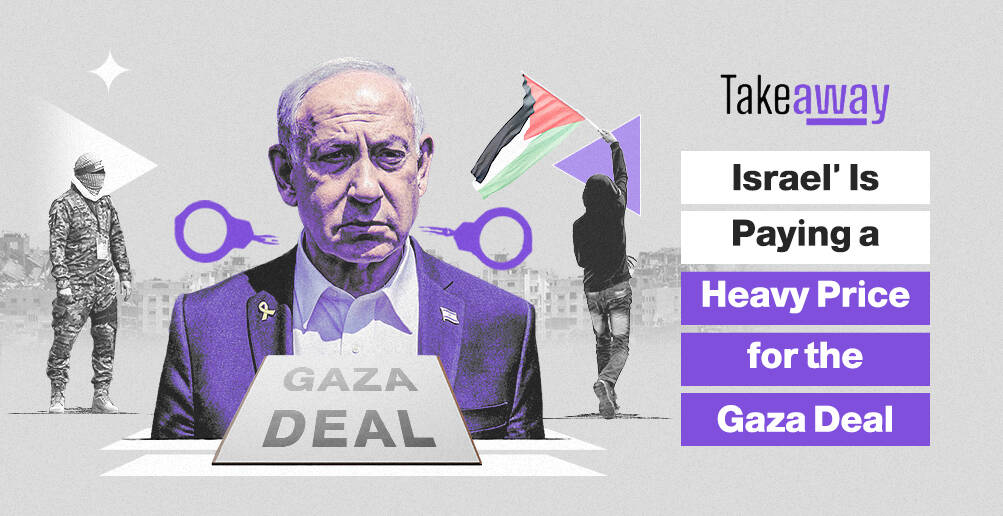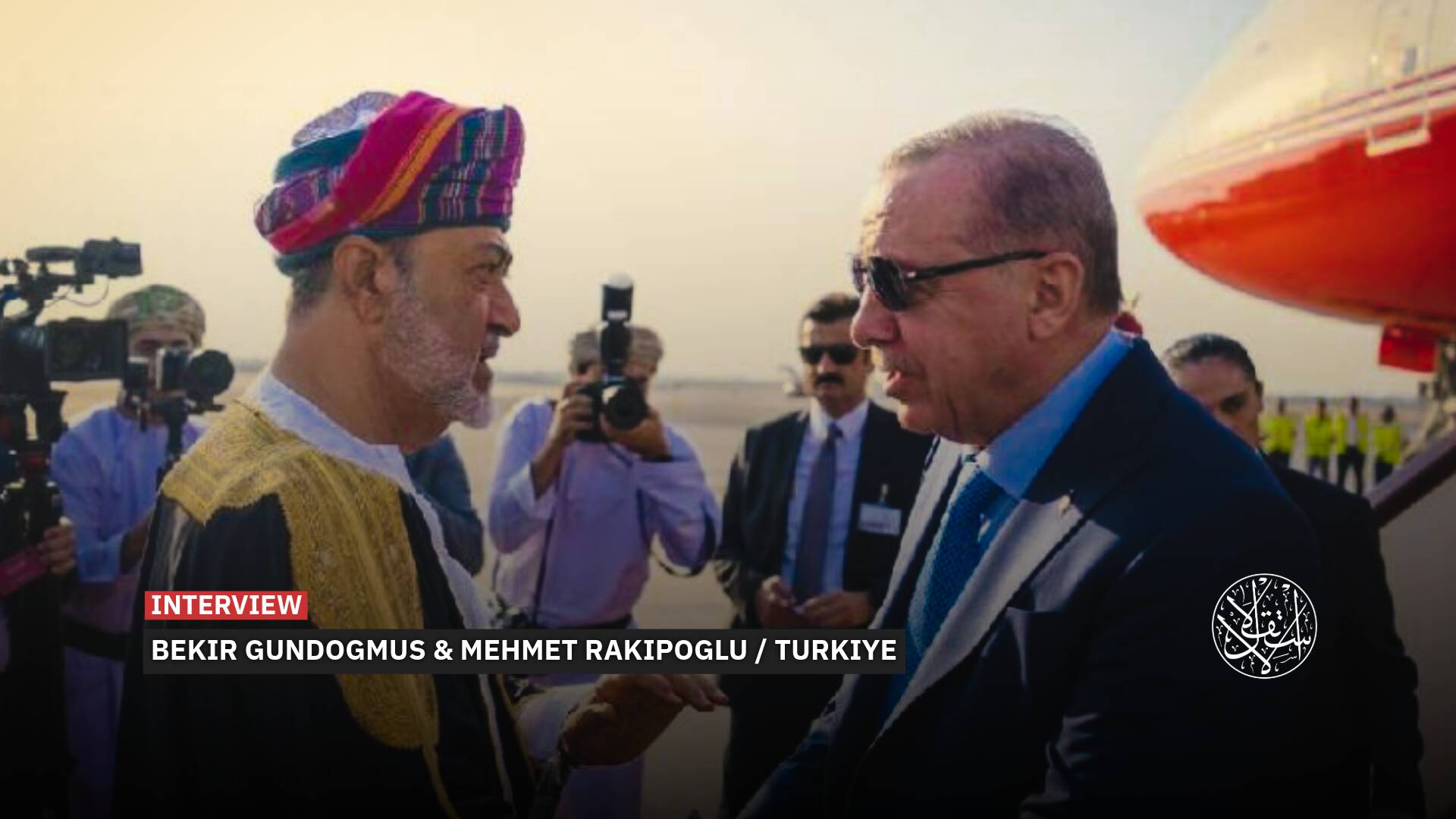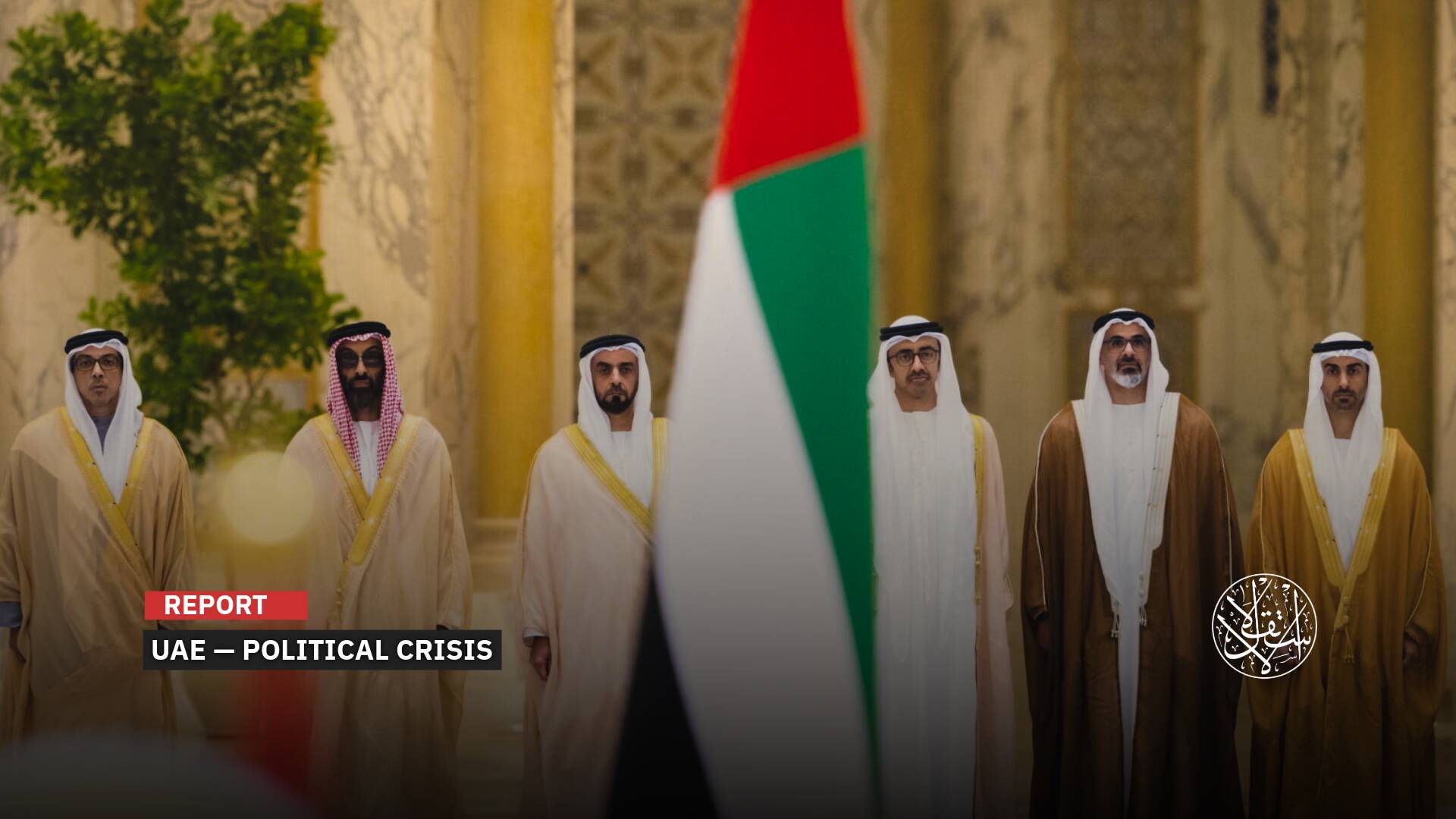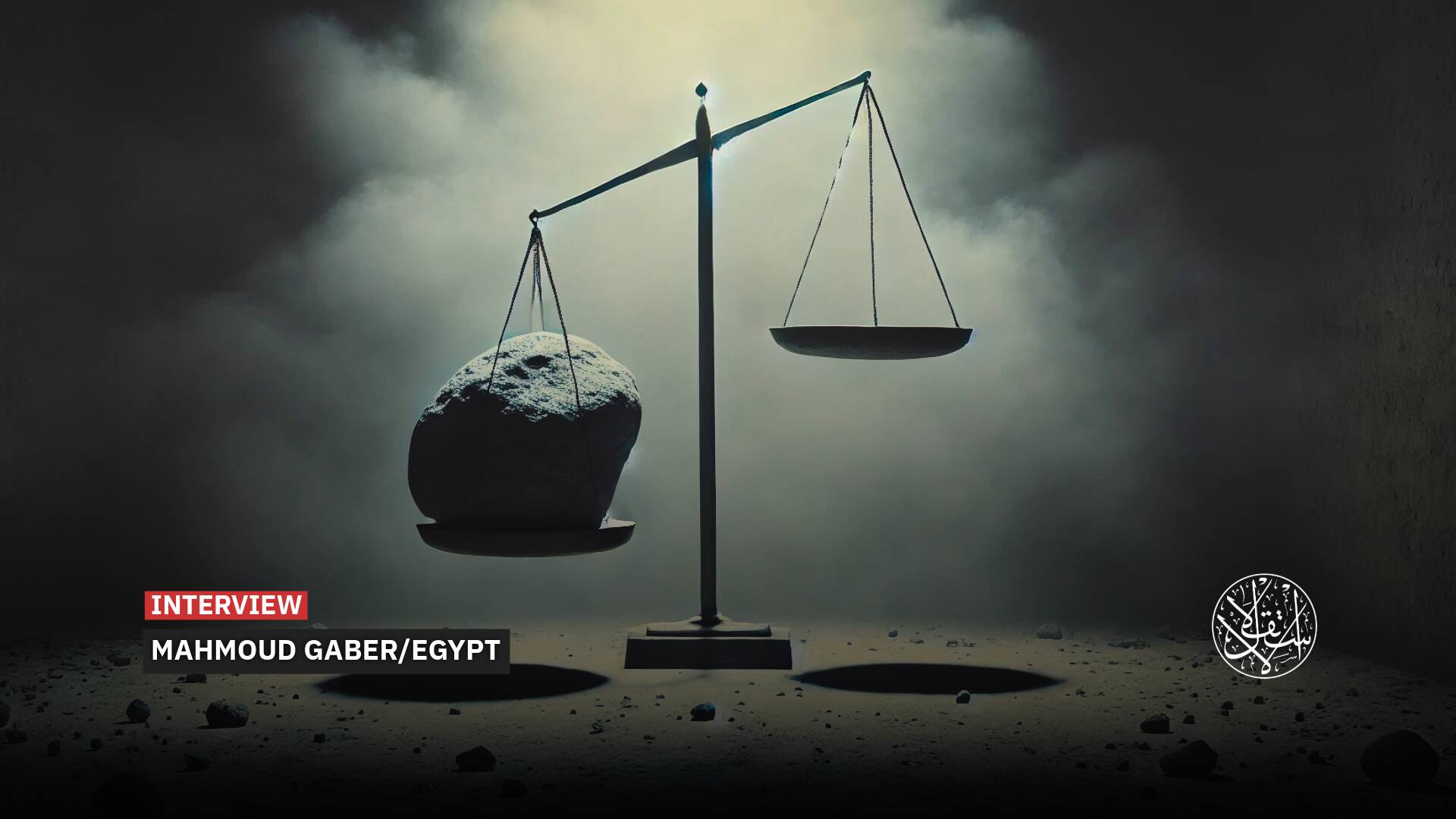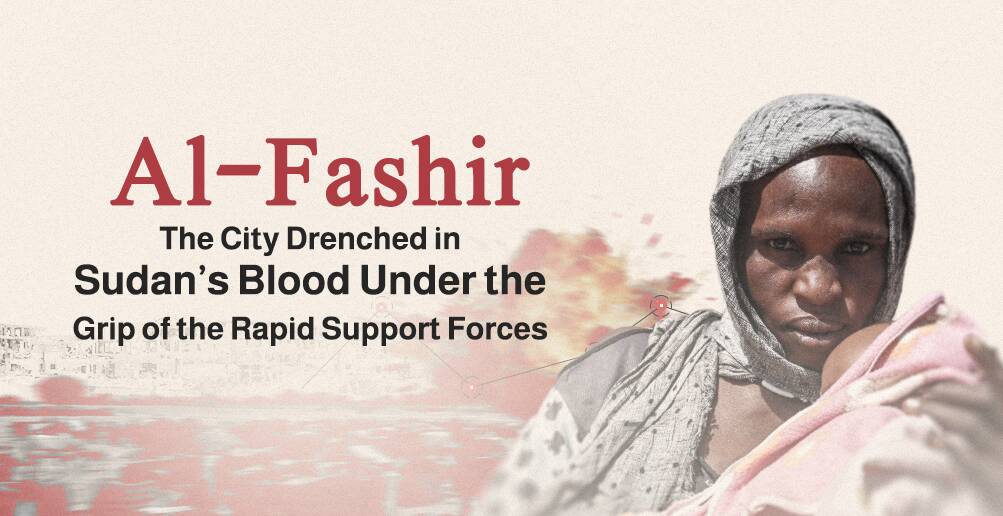What is the Future of Iran After Masoud Pezeshkian’s Victory?

The Iranian electoral landscape reveals a profound legitimacy crisis for the regime and its political factions.
In the aftermath of Iran’s early presidential elections, the nation found itself on the cusp of a decisive runoff, secured eventually by reformist Masoud Pezeshkian.
The initial round, which featured four prominent candidates—Saeed Jalili, Masoud Pezeshkian, Mostafa Pourmohammadi, and Mohammad Bagher Qalibaf—failed to yield a clear winner. None of them secured more than half of the votes cast by Iranians.
Now, the results have come: Iran’s president-elect Masoud Pezeshkian has vowed to extend his hand to all Iranians in his first remarks after being declared the winner of a run-off against hardline rival Saeed Jalili.
Masoud Pezeshkian, backed by reformists and boasting 16.3 million votes, won against the conservative candidate Saeed Jalili, who secured 13.5 million votes.
With a voter turnout of less than 50% out of the total 61 million eligible Iranian voters, the prevailing political divisions that were shown during the election campaign highlight the depth of the crisis confronting the nation.
Against a backdrop of escalating hostilities with the Israeli occupation, the recent exchange of fire between Iran and the Israeli occupation —triggered by the widening Israeli aggression on Gaza—adds further complexity.
Now, the Israeli occupation braces for a potential second front involving Hezbollah, Iran’s primary regional proxy in Lebanon.
Simultaneously, Iran grapples with strained relations with Western allies. The war in Gaza, Iran’s nuclear program advancements, and the recent wave of U.S. sanctions compound the challenges
While Iran’s supreme leader wields ultimate authority domestically, the president-elect will serve as the public face of the Islamic Republic on the international stage.
The nation’s economy, battered by years of U.S. sanctions, a devalued local currency, and rampant inflation, hangs in the balance

Low Turnout
The Iranian political system was counting on a high voter turnout in the elections, a priority underscored by Iran’s Supreme Leader Ali Khamenei, who emphasized on the morning of the election that it was “important for establishing the legitimacy of the Islamic Republic.”
The regime was also eager to extend voting hours to 16 hours to give hesitant social groups more time to vote, but this extension did not come to fruition.
The Iranian electoral landscape reveals a profound legitimacy crisis for the regime and its political factions.
The conservative movement, notably fragmented, failed to unite behind a single candidate, entering the election with three candidates—Jalili, Qalibaf, and Mohammadi.
This division allowed the reformist candidate, Masoud Pezeshkian, to win the elections eventually.
However, the reformist camp faced its own challenges during the run-off. Despite rallying around Pezeshkian, many prominent reformist leaders, including Mohammad Khatami, Mehdi Karroubi, and Mir Hossein Mousavi, abstained from participating.
These leaders voiced their reservations, viewing the elections as a means of bestowing undeserved legitimacy on a political system that keeps many reformist figures under house arrest.
A significant development in this electoral cycle is the rising abstention rate, which reached 60% in the first round and 50% in the run-off.
This high abstention occurred despite a two-week mobilization of the regime’s resources before Election Day, reflecting growing popular discontent with the political system.
The issue extends beyond the regime's actions to a broader loss of confidence in the candidates' electoral programs. These programs, constrained by the regime’s overarching directives, failed to address the country’s pressing issues.
Another notable indicator is the increase in votes for the reformist movement, juxtaposed with a clear decline in support for the conservative movement compared to the last presidential election.
Efforts by conservative supporters to leverage the emotional aftermath of former Iranian President Ebrahim Raisi’s assassination did not motivate voters to the polls.
In contrast, the reformist movement capitalized on the conservative movement’s shortcomings as part of its electoral strategy to boost Pezeshkian’s prospects, particularly by highlighting his position as the sole reformist candidate against three conservatives.

Iran’s Future
In the final round of elections, the results from the initial voting phase serve as both a reflection of conservative policy setbacks and a lens through which to view the shifting dynamics of political currents in Iran.
Traditionally, Iranian voters have witnessed conservative victories when participation rates dip below 50%. However, this time, the outcome diverged from the norm.
Despite the conservative candidates’ failure—a consequence of internal divisions between the conservative and hardline factions—there remains a possibility of an alliance in the second round, which led to Pezeshkian’s victory.
The electoral landscape is poised for significant shifts, particularly within the conservative camp.
Although Jalili, with his close ties to the Supreme Leader and the Revolutionary Guards, has played a pivotal role in nuclear negotiations with major powers, some supporters view his extremism as straying from the conservative mainstream.
Nevertheless, the conservative movement’s conviction that Pezeshkian could secure victory in the second round might lead to temporary cooperation, aimed at loosening the Supreme Leader’s grip on political power.
According to Yasser Sadiq, a political researcher, all opponents of the Iranian regime’s policy mobilized to vote for Pezeshkian, as it will be an election that will determine the future path of the Iranian regime.
“Pezeshkian’s win will determine a lot of Iran’s future: the application of Islamic law, secularism, ideological differences, and the demonstrations of removing the hijab, and much more,” Sadiq said to Al-Estiklal.
“Some other issues include the economic blockade on Iran, the Geneva negotiations, the future of the Iranian nuclear project and the missile project, support for the Palestinian file, the axis of resistance, and involvement in the conflicts in the Arab Levant and Yemen in exchange for heading west towards Europe or even America,” Sadiq added.
“The shape and pattern of the economy will also be discussed after Pezeshkian’s win. Will they continue with their current economic pattern, which they call the resistance economy?” he asked.
“These are issues on which Iranians are sharply divided, and the importance of the current elections is that they may be the last elections in the life of Khamenei, so they are crucial in determining the future of the regime,” Sadiq concluded.


